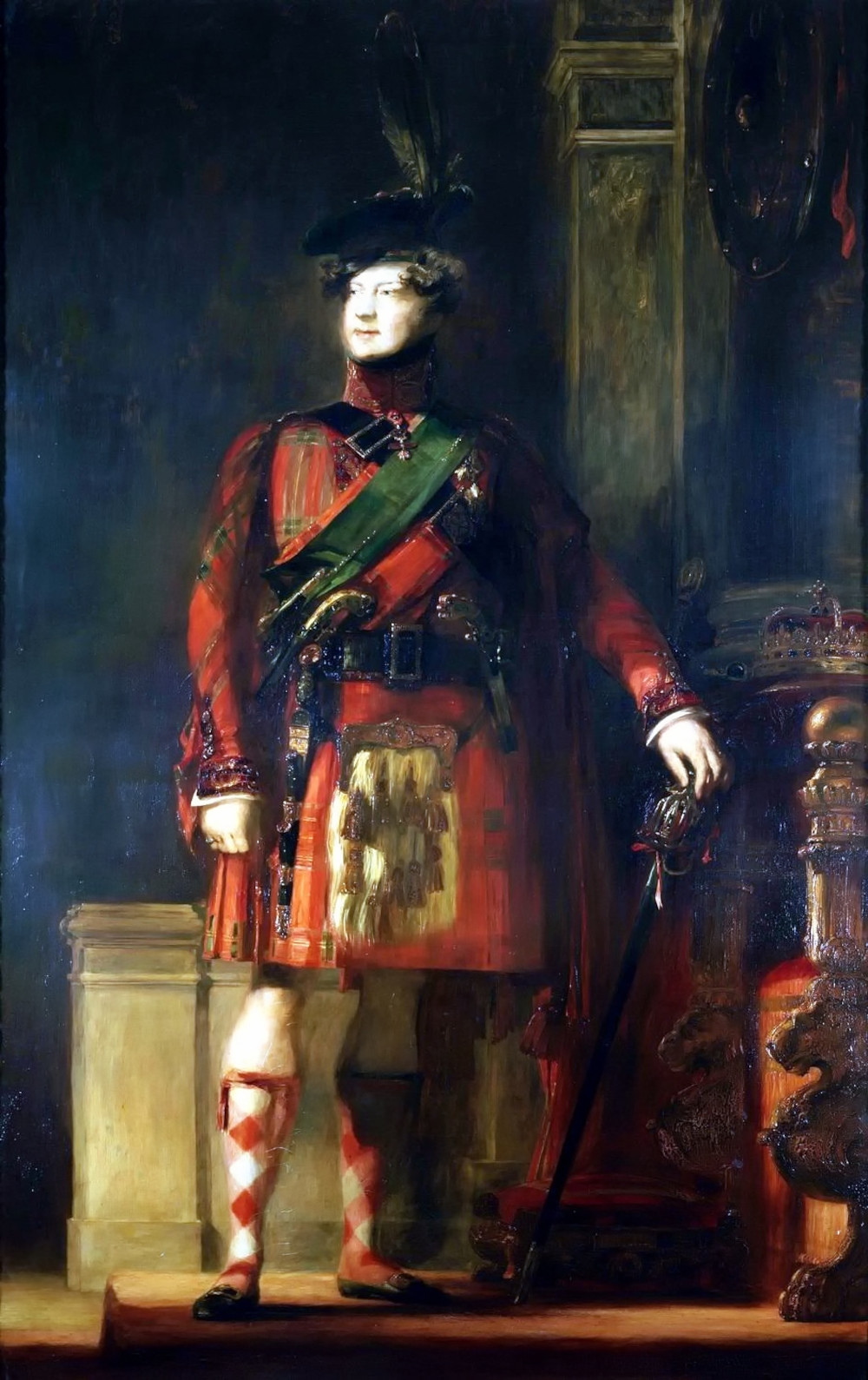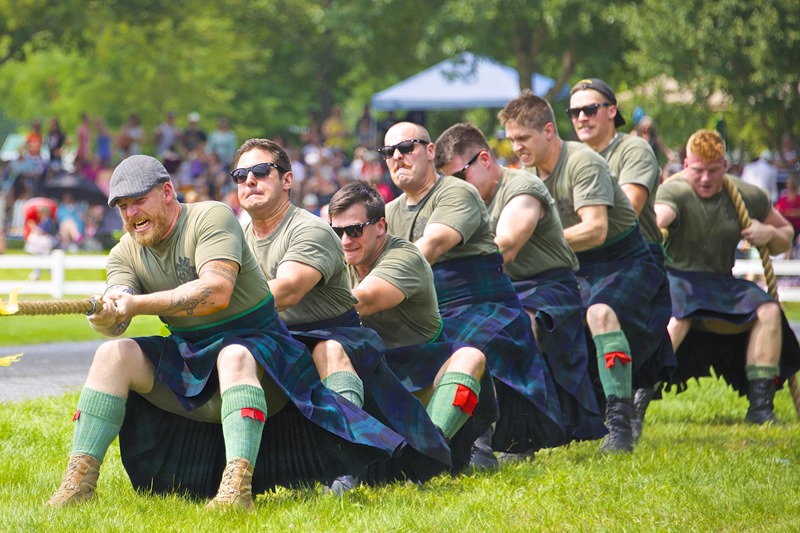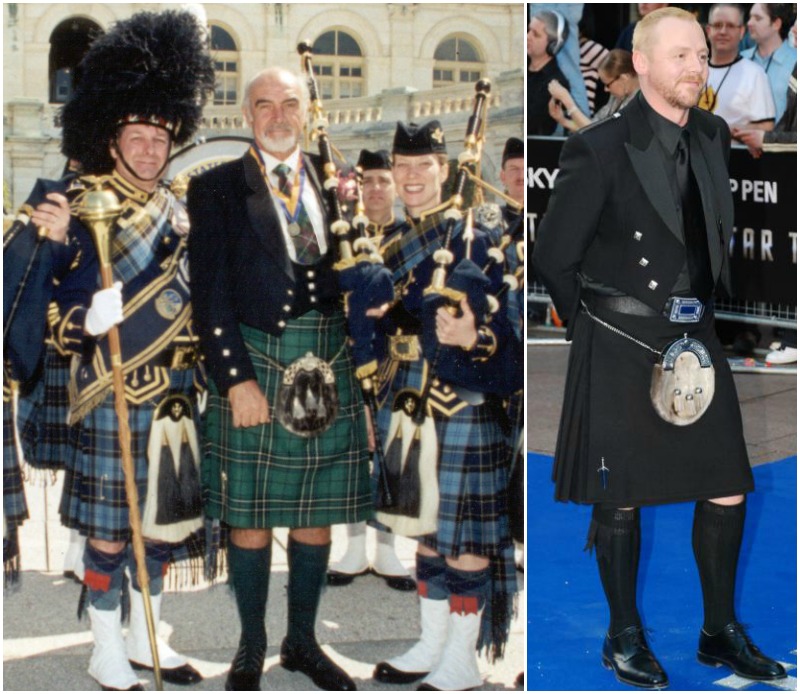A very odd thing happens when a lady sees men in kilts.
She stoops, she crouches …
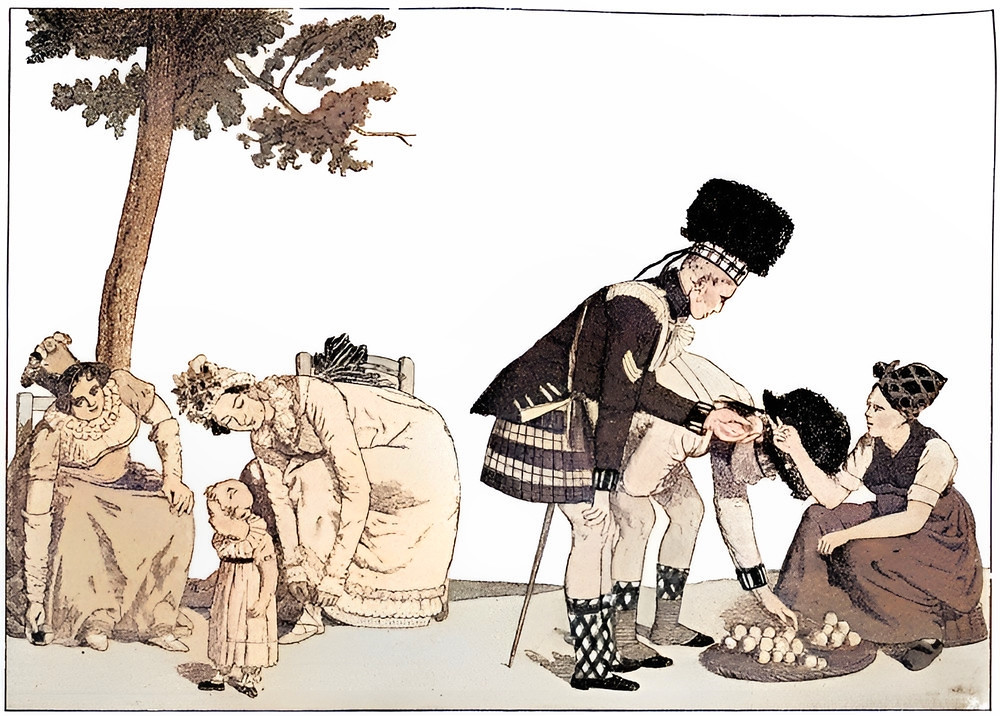
… and there’s a burning question at the back of her mind.
You guessed it—where can I buy some of this fine cloth?
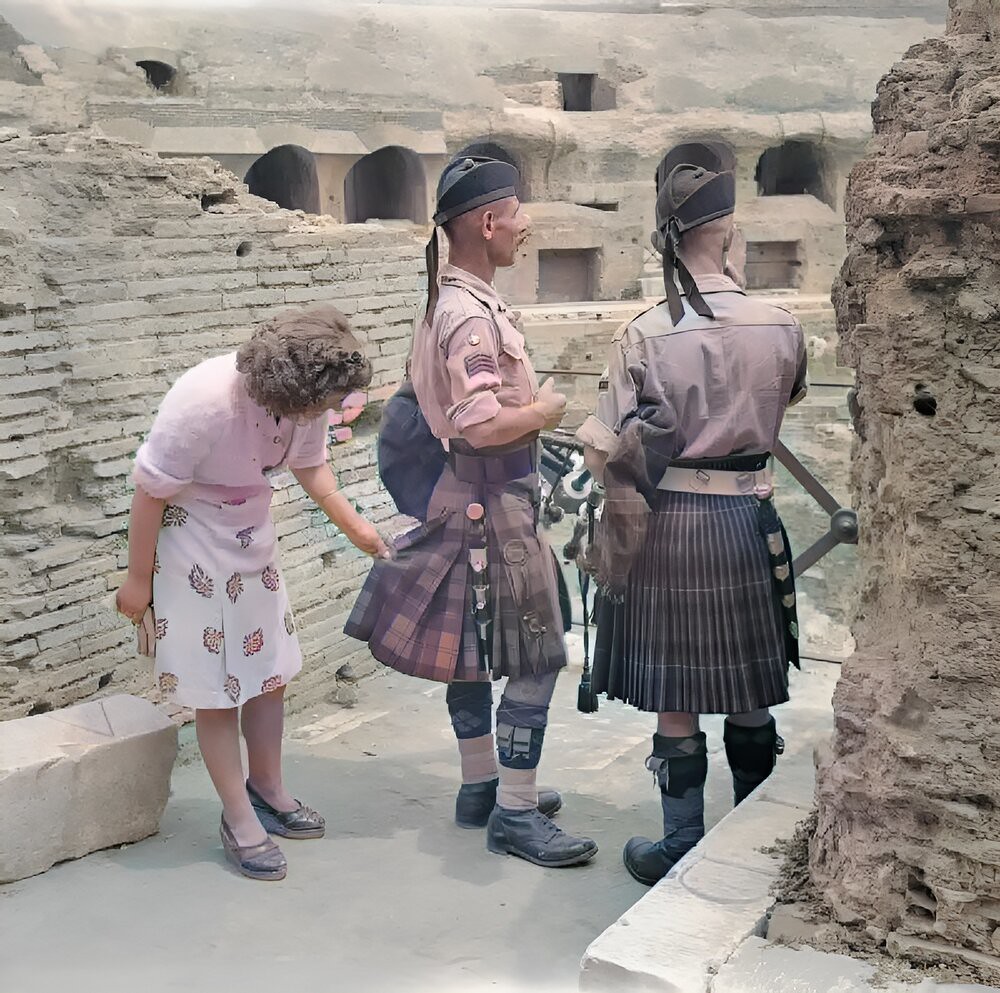
Image contains affiliate link.
A kilt is a type of pleated skirt originating from the 16th-century dress of men in the Scottish Highlands.
Kilt is a Scots word that has Scandinavian origins—derived from the Old Norse word kjalta, meaning “fold of a gathered skirt”, or “lap”.
The first kilts were belted plaid, which was essentially a large blanket that was wrapped around the body and belted at the waist. A part of the plaid formed the kilt, and the rest was gathered up, thrown over a shoulder and secured in place—ready to be used as a cloak when needed.
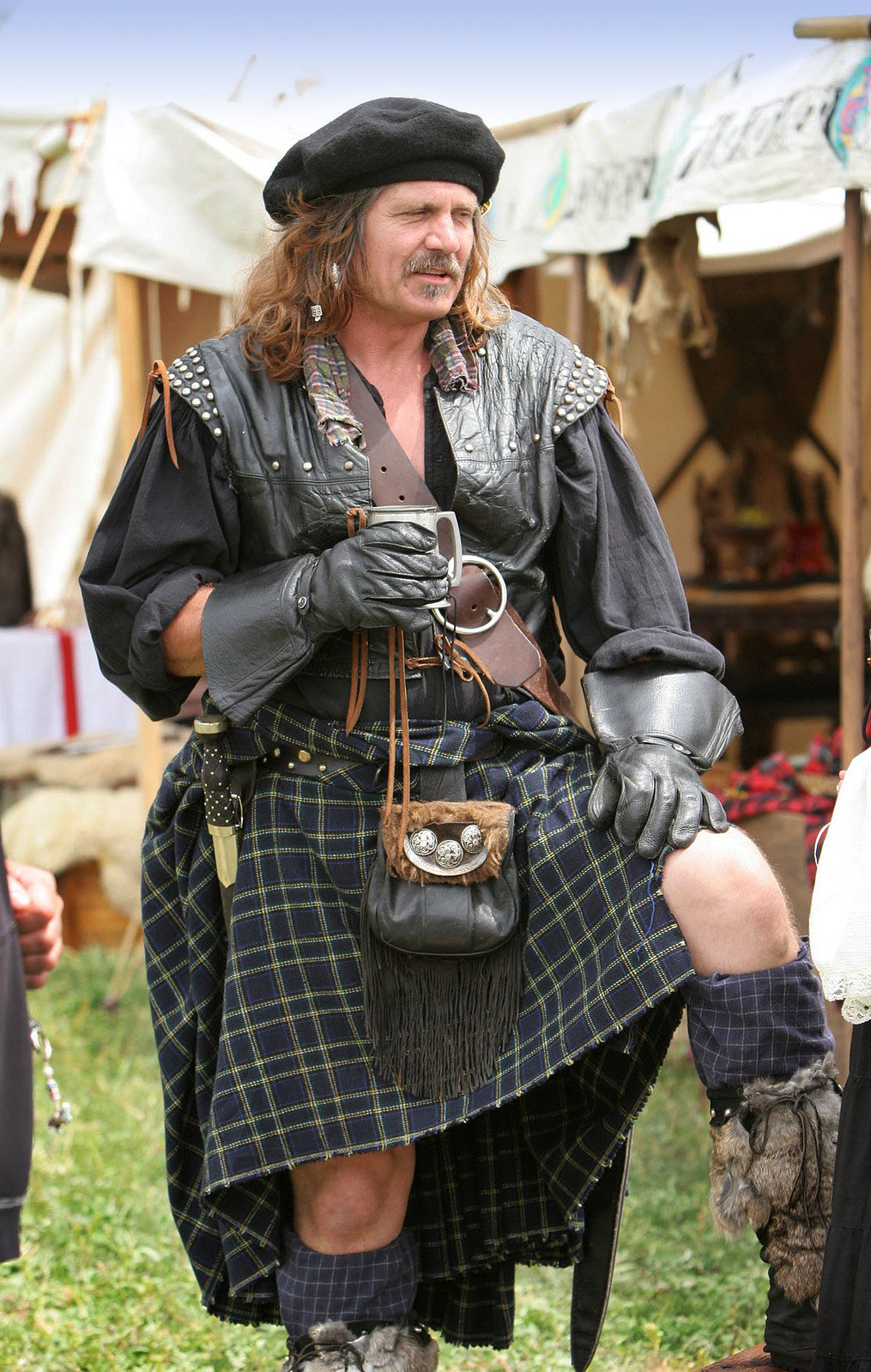
In around 1720, following the suppression of the first Jacobite rebellion, an enterprising English Industrialist named Thomas Rawlinson built an ironworks in the Scottish Highlands.
He noticed that the belted plaid was “a cumbersome unwieldy habit to men at work …” and decided the solution was to convert the lower part into a separate item of clothing that was more convenient to wear at work.
The “little kilt” was born, which formed the basis of today’s modern kilts.
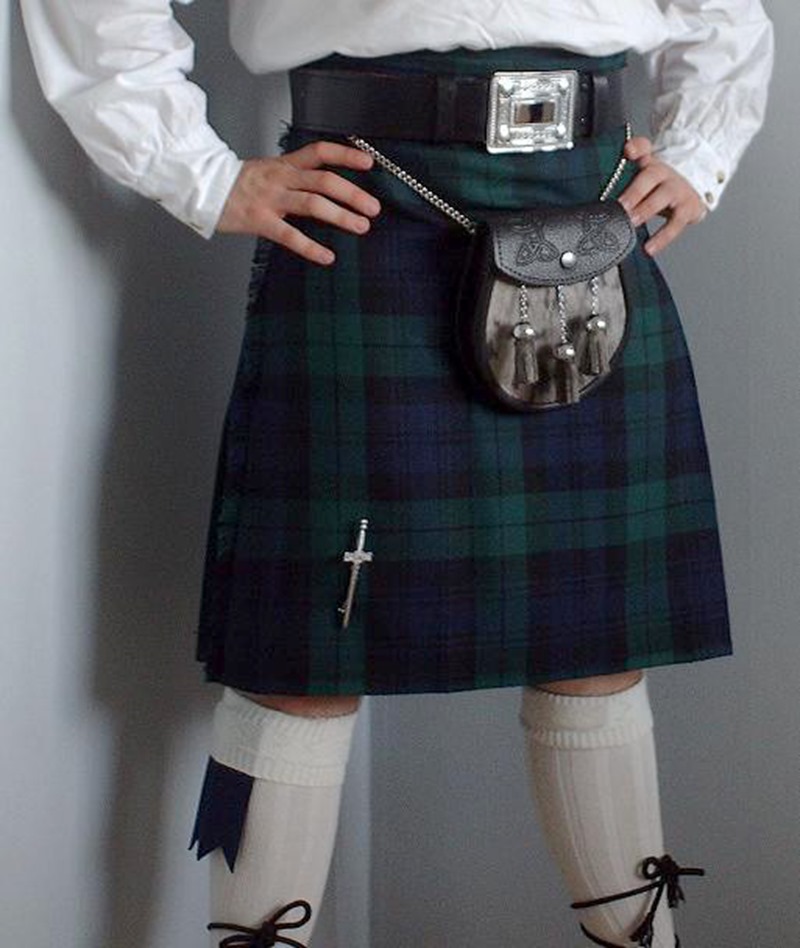
When Rawlinson’s partner—chief of the McDonell Clan of Inverness—started wearing the new kilt, its use spread like wildfire among the highlanders.
In 1745, there was a second Jacobite rebellion, culminating at the Battle of Culloden. The highland clans led by “Bonnie Prince Charlie” were defeated and an act of parliament—the Dress Act 1746—banned the wearing of tartan and other symbols of highlanders for 36 years.
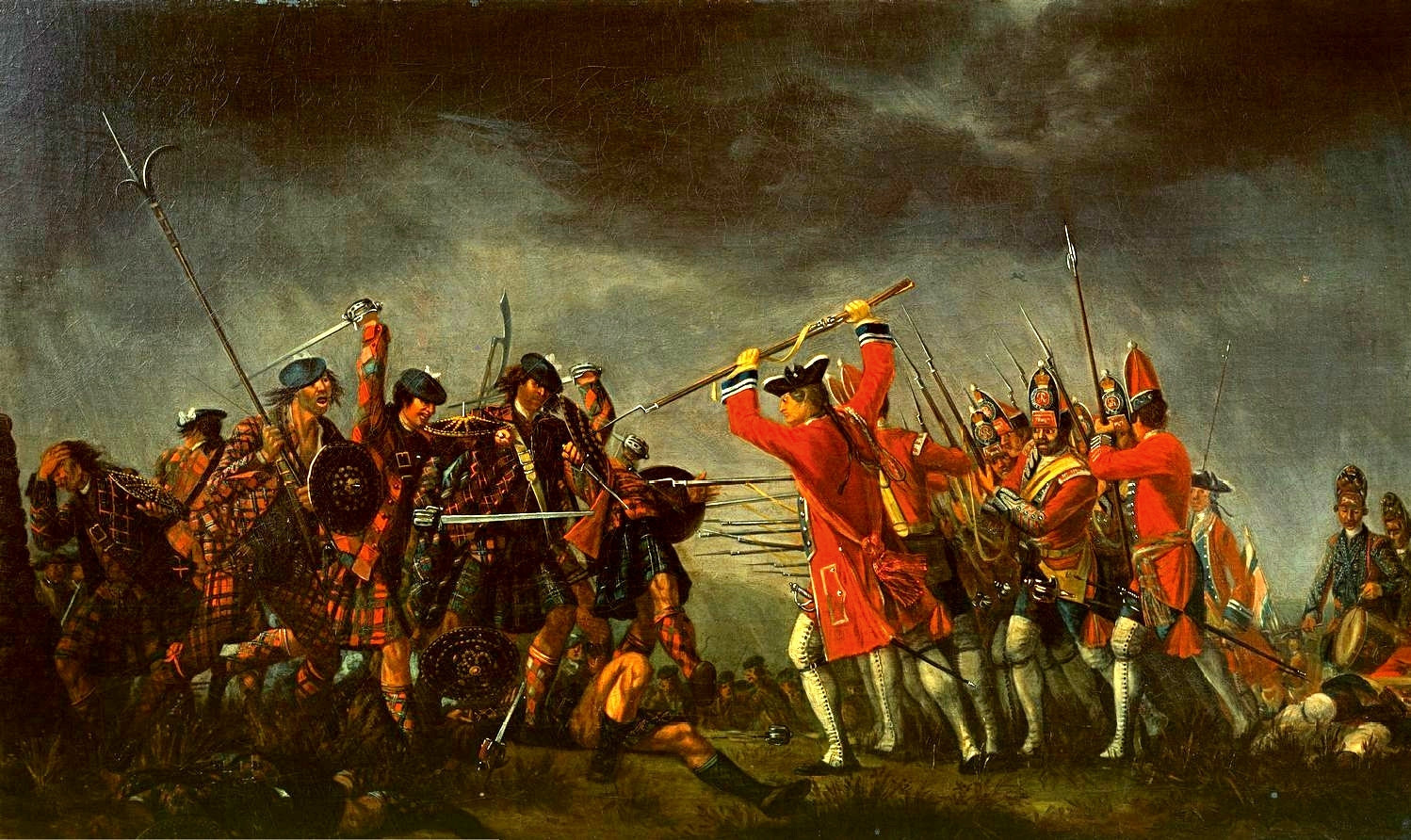
When the ban was finally lifted in 1782, there was a groundswell of interest in all things Highland.
Wearing a kilt became more than a tradition. It was a symbol of Scottish national pride, of freedom, and identity.
To all those who were forced to flee Scotland and establish roots in other countries, Scottish poet Robert Burns had some words for them.
“Farewell to the Highlands, farewell to the North, The birth-place of Valour, the country of Worth; Wherever I wander, wherever I rove, The hills of the Highlands for ever I love.”
Robert Burns.






